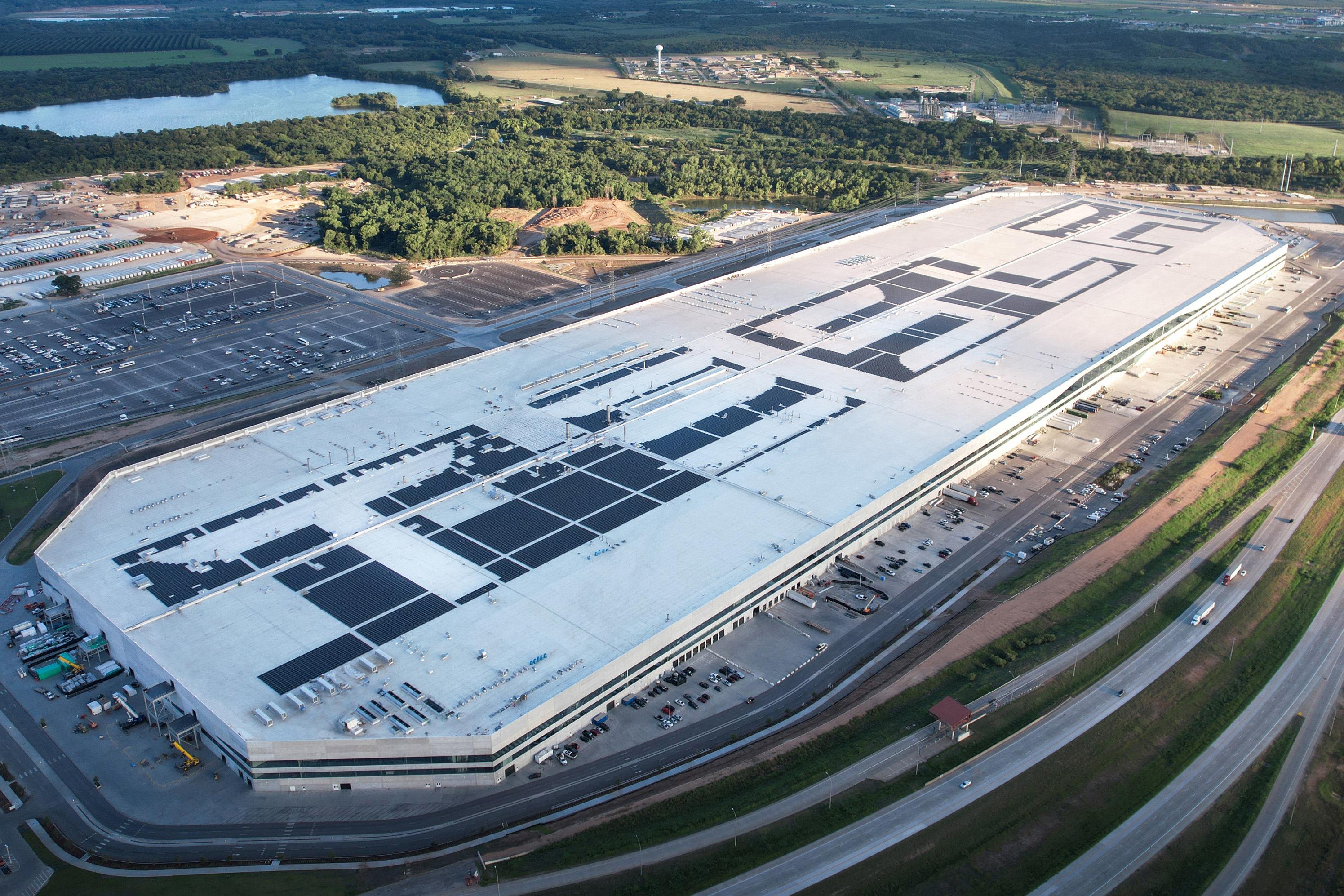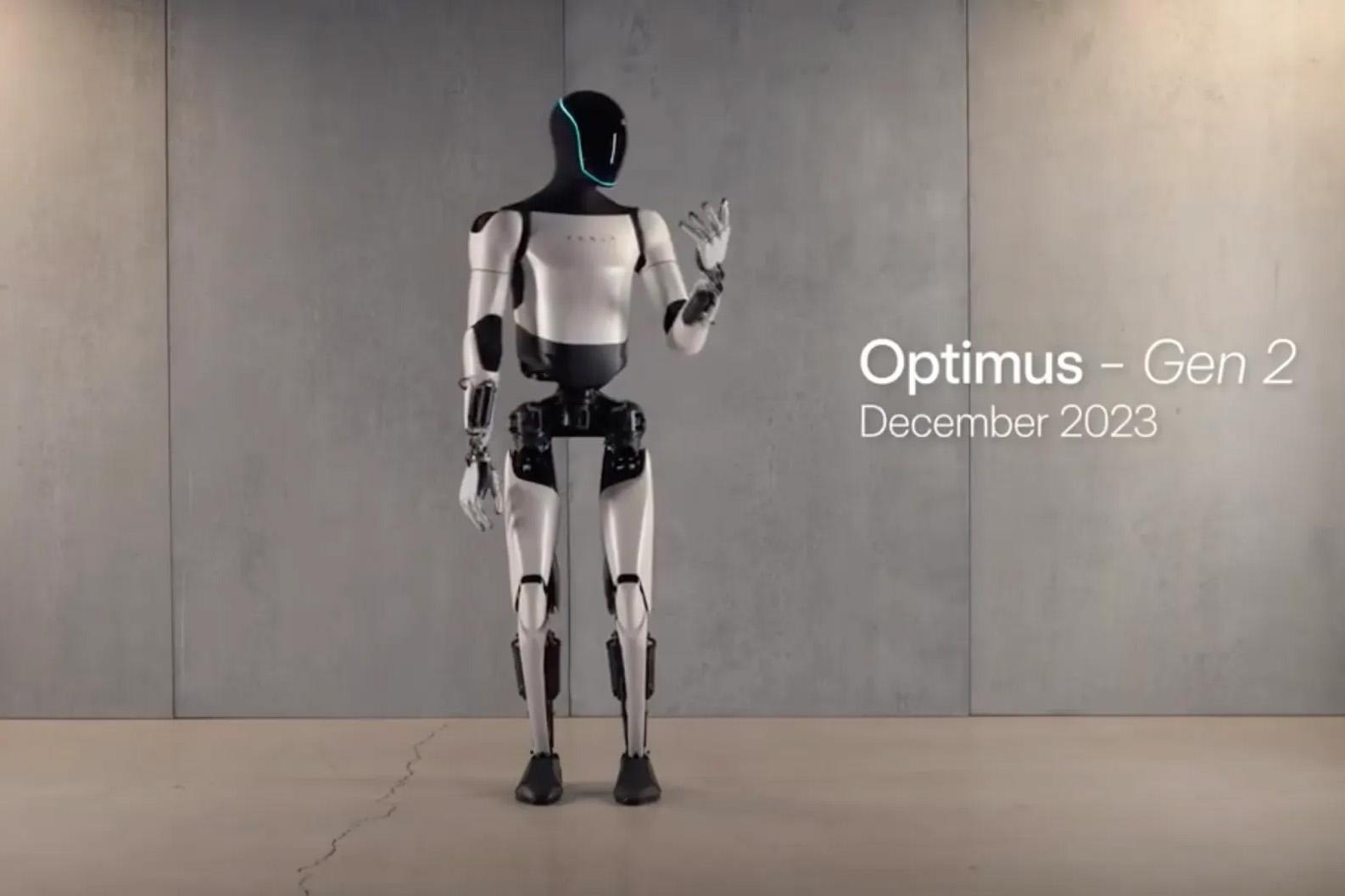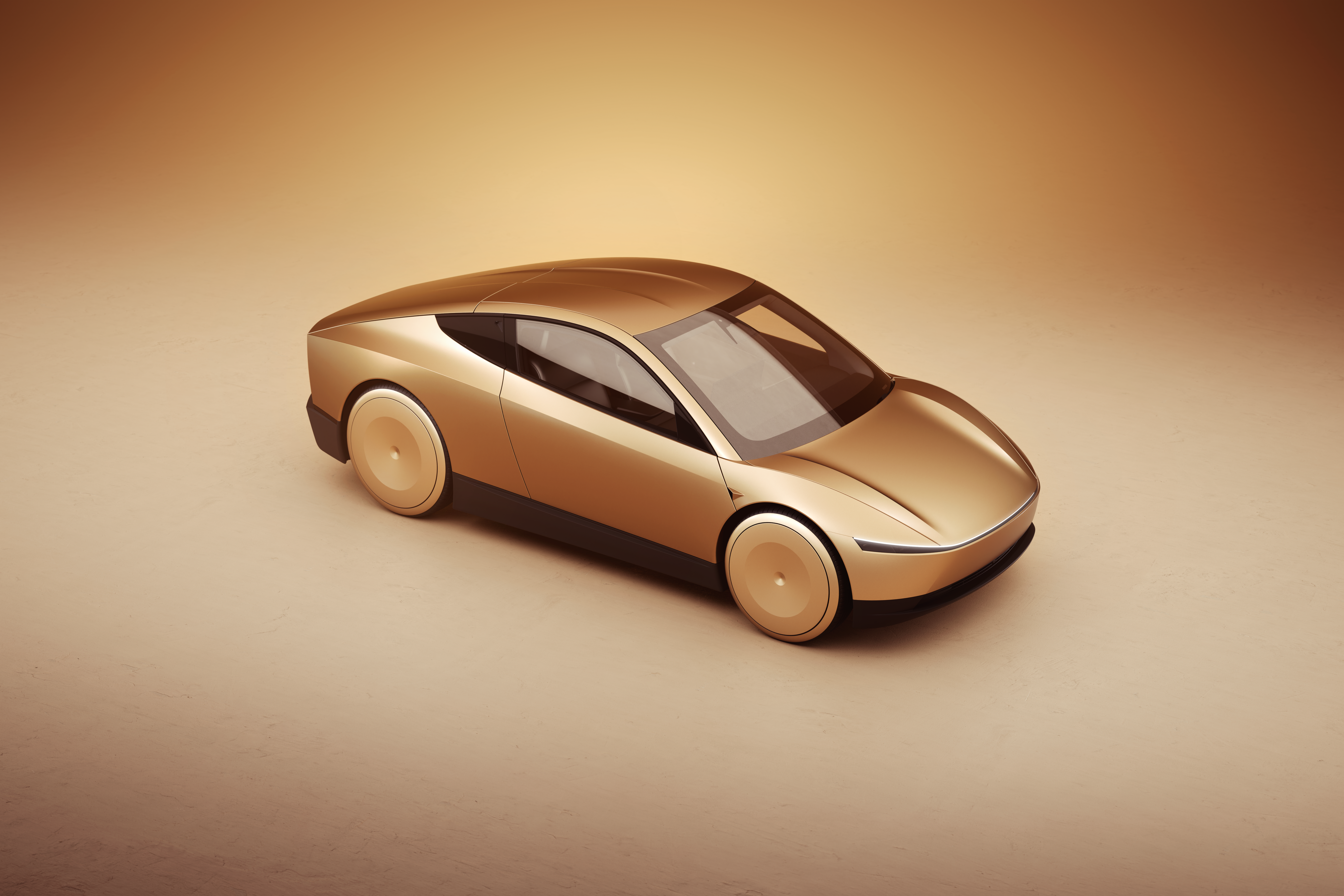Tesla shareholders have agreed to hit ‘Ludicrous Mode’ for Elon Musk’s pay deal, with the outspoken CEO set to earn up to US$1 trillion (A$1.54 trillion) if certain targets are achieved.
According to Tesla, the US$1 trillion compensation package was approved by over 75 per cent of the vote. Mr Musk, who owns around 15 per cent of Tesla’s stock, was allowed to vote on the pay deal.
Like his earlier US$56 billion (A$86 billion) incentive package, Mr Musk’s latest blockbuster deal will be triggered in stages when certain milestones are met over the next 10 years. These include having 20 million Teslas on the road, deploying 1 million self-driving taxis, and hitting a range of valuation targets from US$2 trillion to US$8.5 trillion.
CarExpert can save you thousands on a new car. Click here to get a great deal.

The earlier US$56 billion package is currently tied up in the courts after it was voided twice by a Delaware court in 2024.
Prior to the vote, Tesla chairperson Robyn Denholm warned Mr Musk could walk away from the automaker if the motion failed as he “would take it as a negative sign on his leadership”.
In addition to being Tesla’s CEO, Mr Musk is also chief executive of SpaceX and xAI, the artificial intelligence firm which now owns X, the social media platform previously known as Twitter.
He has courted considerable controversy with his posts on X, an alleged Nazi salute during his speech at President Trump’s 2025 inauguration, and his time as the head of the so-called Department of Government Efficiency (DOGE).

After the shareholder vote was confirmed, Mr Musk took to the stage at the company’s annual general meeting where he said the future of the company lay with artificial intelligence and robotics.
He claimed the company’s Optimus robot would be “biggest product of all time by far” with Tesla set to launch a version 3 prototype in 2026.
Having previously forecast the company will be selling 1 million robots a year within five years, Mr Musk went further on stage saying it’s possible to “literally get to 100 million a year, maybe even a billion a year”.
Tesla’s Fremont, California plant is said to be capable of building 1 million robots per year, while its Austin, Texas factory is reportedly designed to make up to 10 million a year.
It’s unknown if Tesla is currently on track to meet this target. Mr Musk’s previous claims about having one million self-driving taxis on the road by 2020 didn’t materialise, with the company only launching its Robotaxi service in Austin this year, and Tesla has repeatedly missed launch dates for its Semi truck that was unveiled back in 2017.


While Mr Musk envisages a shift in focus for Tesla, right now its bread-and-butter product remains electric vehicles. On this front he says Tesla will increase output over the next few years, with demand driven by the company’s self-driving technology.
The company’s two-door, two-seat Cybercab is set to go into production from April 2026, and will be added to the company’s self-driving taxi fleet that’s available in a few markets in the US. Unlike the current Model Y-based autonomous taxis, the Cybercab will not feature a human in the front seat monitoring performance and taking over in emergencies.
Up to the end of September, Tesla’s global sales have fallen around 6 per cent to 1.22 million units, placing it second behind BYD, which recorded a rise of 37 per cent to 1.61 million vehicles.
According to the Forbes, Elon Musk is the richest person in the world with an estimated net worth of US$482 billion (A$742 billion). He’s well ahead of the rest of the top five: Oracle’s Larry Ellison (US$295 billion), Amazon’s Jeff Bezos (US$255 billion), and Google founders Larry Page (US$230 billion) and Sergei Brin (US$214 billion).

